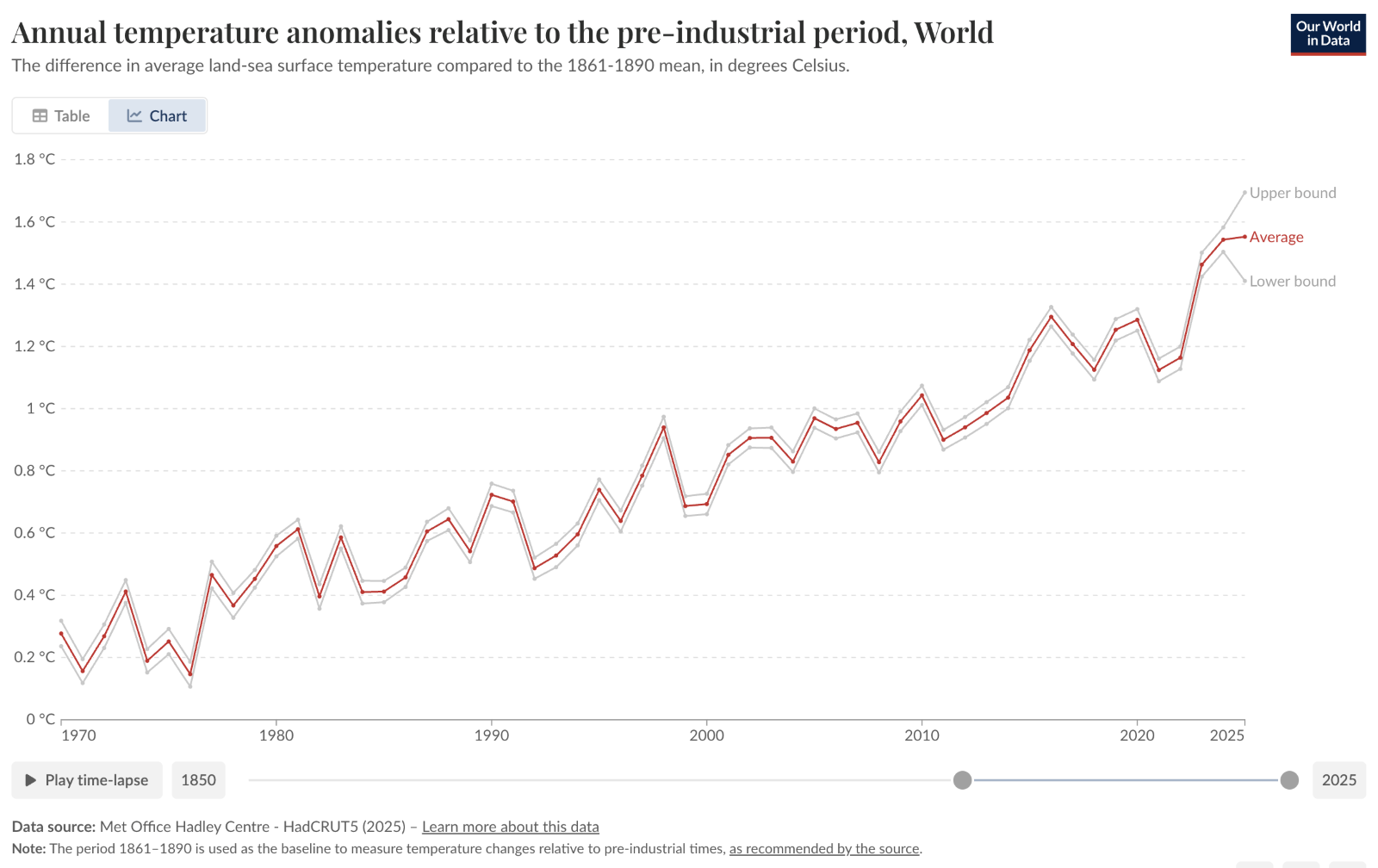
Product walkthrough, trial, POCs, enterprise offering, support and more. Speak with one of our specialists.


Product walkthrough, trial, POCs, enterprise offering, support and more. Speak with one of our specialists.

Tech and Innovation

Since the 1970s, global CO2 emissions have increased by nearly 90%. Around 78% of this increase in greenhouse gases comes from the burning of fossil fuels and industrial processes[Ref]. This fact underscores the critical role that the business and industrial sectors play in reducing environmental impact, including supporting global efforts to achieve climate targets and transition toward a low-carbon economy.
If you're reading this, chances are you're already aware of the importance of corporate sustainability. But is your organization ready to take sustainability reporting seriously? One of the best first steps is to simplify your understanding of carbon emissions reporting so it can be accepted across all levels of the company.
Emissions data refers to information showing the amount of greenhouse gases produced by a company. This data plays a key role in sustainability reporting, particularly in the environmental component of ESG (Environmental, Social, Governance).
It is typically expressed in MTCO2e (Metric Tons of Carbon Dioxide Equivalent) to allow for consistent comparisons across organizations. By measuring and reporting this data, companies can understand their current position and the actions needed to reach climate targets.
Climate accountability trends are rising at the corporate and supply chain levels. Many large companies now require their partners to include emissions reporting and reduction targets in partnership agreements (MoUs).
Key reasons why reporting emissions data is important:
Emissions reporting is more than just an administrative obligation—it delivers real business value:
The first step is to report emissions in the form of CO2e. Several factors should be considered:

Most companies already recognize the importance of sustainability reporting. However, the most effective step is to use a platform that can automate this process.
CarbonIQ by Jejakin is one such platform that can:
With clear data, companies can quickly plan effective emission reduction strategies and accelerate progress toward sustainability goals.
Now is the time for your company to take real action—measure, report, and reduce emissions with Jejakin and CarbonIQ.






















Jejakin’s green programs combine high-tech monitoring, biodiversity restoration, and community-led initiatives to deliver powerful, sustainable change across ecosystems.








